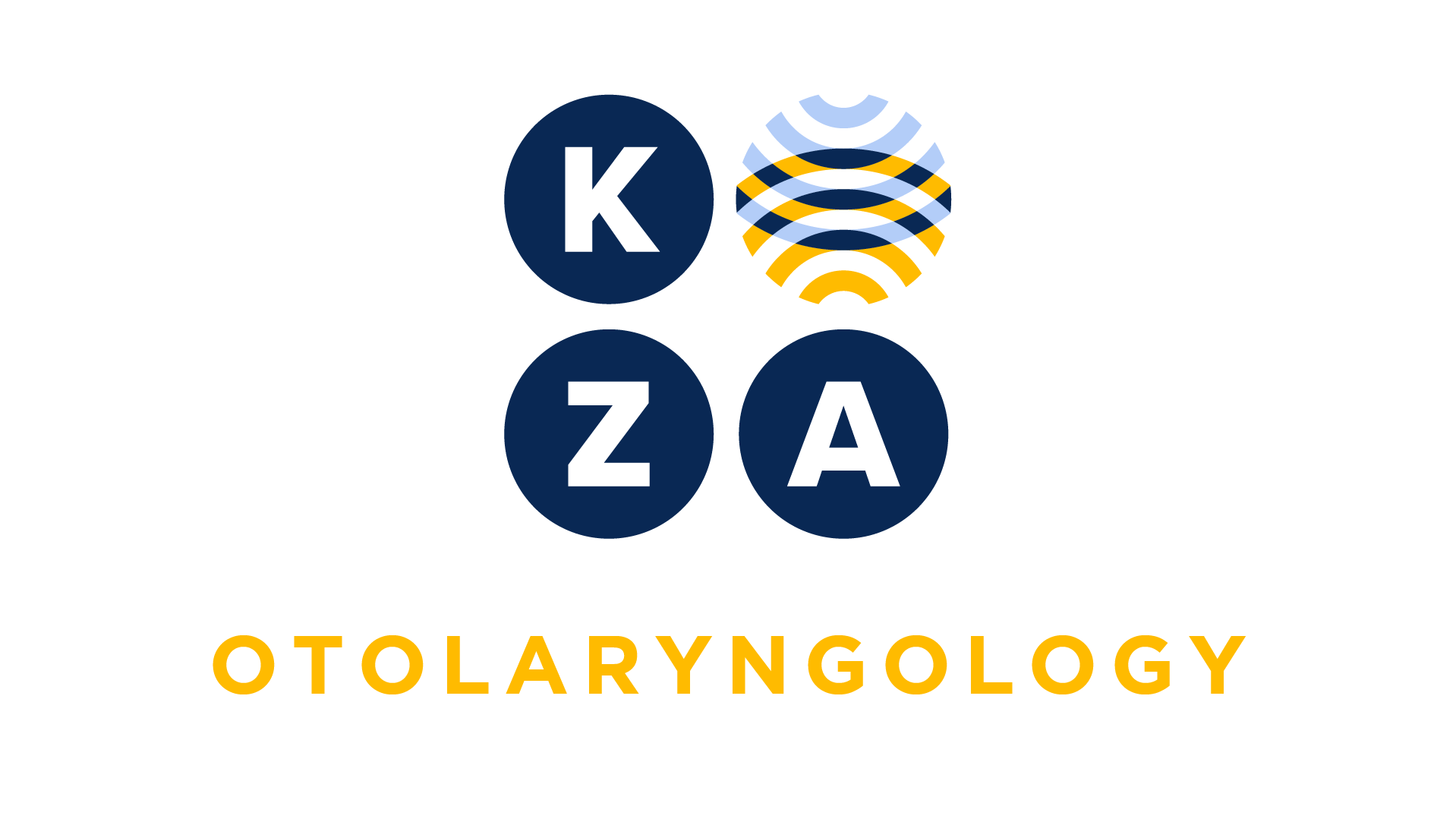
Choose your specialty from the list below to see how our experts have tackled a wide range of client questions.
Looking for something specific? Utilize our search feature by typing in a key word!
Performing Endoscopy at the Request of Another Provider
If another provider, not in the same group, asks that I do an endoscopy prior to tube placement, and they place the tube, can I separately report the endoscopy?
Question:
If another provider, asks that I perform an endoscopy prior to placement of a G- tube, and then the other provider places the G-tube via the endoscope, can I separately report my portion of the endoscopy?
Answer:
No. Endoscopic placement of a G-tube (43246) includes the work of both the endoscopy and the placement of the tube. However, you could bill as an assistant MD with modifier 80 or modifier 82 as appropriate, for your portion of beginning the endoscopy.
*This response is based on the best information available as of 6/05/25.
Instrumentation Removal vs. Exploration
My coder told me that if spinal instrumentation is removed and exploration performed but nothing else done, we would code for exploration but not for the removal of instrumentation. Why wouldn't we bill instrumentation removal vs. exploration?
Question:
My coder told me that if spinal instrumentation is removed and exploration performed but nothing else done, we would code for exploration but not for the removal of instrumentation. Why wouldn't we bill instrumentation removal vs exploration?
Answer:
When spinal instrumentation is removed for the purpose of exploration, we would code the exploration CPT code 22830; the instrumentation removal is included in the exploration.
*This response is based on the best information available as of 6/05/25.
Incident-To Billing for Medicare
I was told for our Medicare patients in order for my PA to report incident-to the physician, that the supervising physician must be in the office. Is that correct? We are billing new and established patients under a physician’s NPI number even if there is no physician in the office
Question:
I was told for our Medicare patients in order for my PA to report incident-to the physician, that the supervising physician must be in the office. Is that correct? We are billing new and established patients under a physician’s NPI number even if there is no physician in the office.
Answer:
To bill Incident-to services a physician must be in the office suite, but it does not need to be the Advanced Practice Provider’s (APPs) supervisor. In addition, you cannot bill incident-to for a new patient when the APP sees them. “Incident To” can only occur for an established patient with an established plan of care originally developed by a physician. If the plan of care changes or the patient has a new or worsening problem, it must be billed under the APP's NPI number. For Medicare, when billing under the APPs NPI number 85% is paid under the Medicare Physician Fee Schedule.
*This response is based on the best information available as of 6/05/25.
Coding for Goldilocks
How do I code for a “Goldilocks” Reconstruction?
Question:
How do I code for a “Goldilocks” Reconstruction?
Answer:
KZA would like to thank you for this great question!
In the “Goldilocks” procedure, what remains of skin following a mastectomy is used to create a breast mound.
The ASPS advises using an adjacent tissue transfer code (ATT 14XXX), with the dimension based only on the inferior tissue that is separately incised and transferred to create the breast mound. They also describe this procedure as “similar to” an autoderm flap.
In a CPT Assistant from April 2021, there is an instruction to report the adjacent tissue transfer codes for reporting a de-epithelialized autoderm flap based only on the transposed area.
To assign the appropriate code for the Goldilocks procedure, the dimension based only on the inferior tissue that is separately incised and transferred should be documented clearly. The remaining skin closure is considered included.
*This response is based on the best information available as of 6/05/25.
E/M for Worsening Chronic Condition
I have a patient with end stage renal disease who I saw yesterday in follow-up in the clinic. His ESRD is not at treatment goal, I recommended a fistula procedure and discussed specific risks and benefits of the procedure with the patient. What E/M level should I bill?
Question:
I have a patient with end stage renal disease who I saw yesterday in follow-up in the clinic. His ESRD is not at treatment goal, I recommended a fistula procedure and discussed specific risks and benefits of the procedure with the patient. What E/M level should I bill?
Answer:
ESRD is a chronic condition. If the patient is not at treatment goal as you stated, the complexity of the problem addressed is moderate. When recommending a major procedure if you discuss patient and procedure risks in detail and document this information in the note, the risk of mortality and/or morbidity of patient management is high. Based on these factors, the level of service would be moderate. Two elements must be met from the Medical Decision Making table for the level of service. Since this is an established patient, I would report 99214 (established patient office or other outpatient).
*This response is based on the best information available as of 6/05/25.
Myringoplasty using a Water-insoluble, Off-white, Nonelastic, Porous, and Pliable Product
If a physician performs a myringoplasty and uses a water-insoluble, off-white, nonelastic, porous, and pliable product, would it be appropriate to report code 69620 alone or 69620 appended with modifier 52, Reduced Services?
Question:
If a physician performs a myringoplasty and uses a water-insoluble, off-white, nonelastic, porous, and pliable product, would it be appropriate to report code 69620 alone or 69620 appended with modifier 52, Reduced Services?
Answer:
No, if the preparation of the perforation edges and a water-insoluble, off-white, nonelastic, porous, pliable product was used as a patch to the drum defect, code 69610, Tympanic membrane repair, with or without site preparation of perforation for closure, with or without patch, would be reported. If a tissue graft was harvested and edges prepared for the drum defect repair, then code 69620, Myringoplasty (surgery confined to drumhead and donor area), would be reported.
*This response is based on the best information available as of 6/05/25.
Do you have a Coding Question you would like answered in a future Coding Coach?
If you have an urgent coding question, don't hesitate to get in touch with us here.






